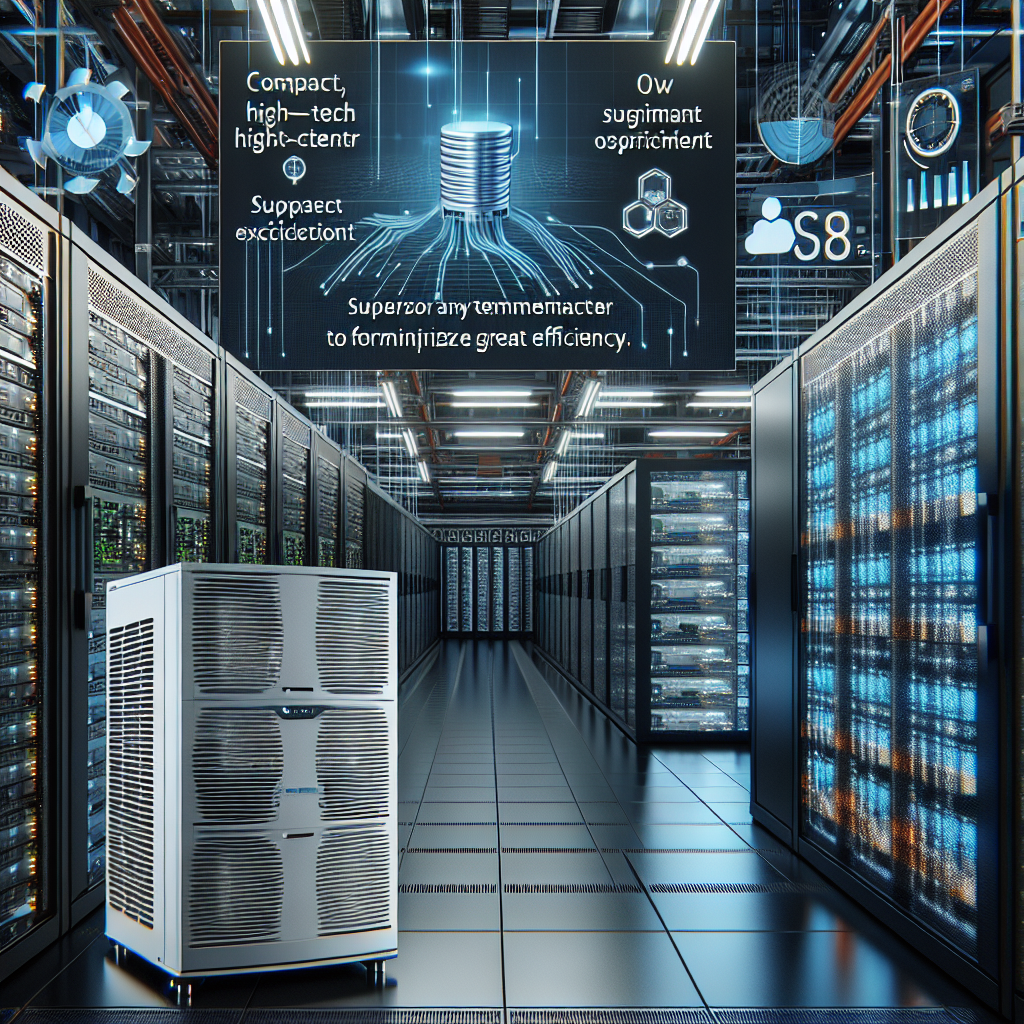Your cart is currently empty!
Maximizing Efficiency: How to Optimize Data Center HVAC Systems

In today’s digital age, data centers play a crucial role in storing and processing the vast amounts of data generated by businesses, organizations, and individuals. However, data centers are also notorious for their high energy consumption, with cooling systems accounting for a significant portion of this energy usage. Maximizing efficiency in data center HVAC (heating, ventilation, and air conditioning) systems is essential for reducing energy costs, minimizing environmental impact, and ensuring the smooth operation of these critical facilities.
There are several strategies that data center operators can employ to optimize their HVAC systems and maximize efficiency. These include:
1. Implementing Hot Aisle/Cold Aisle Containment: Hot aisle/cold aisle containment is a design strategy that involves arranging server racks in alternating rows with cold air intakes facing one aisle and hot air exhausts facing the other. By creating separate airflow paths for cold and hot air, containment systems prevent hot and cold air from mixing, reducing the workload on HVAC systems and improving cooling efficiency.
2. Using Variable Speed Drives: Variable speed drives (VSDs) allow HVAC equipment such as pumps, fans, and compressors to adjust their speed and output based on the cooling requirements of the data center. By dynamically matching the output of HVAC equipment to the actual demand for cooling, VSDs can significantly reduce energy consumption and improve efficiency.
3. Optimizing Temperature and Humidity Levels: Data centers typically operate within a narrow temperature and humidity range to ensure the optimal performance and reliability of IT equipment. By closely monitoring and adjusting temperature and humidity levels based on workload and environmental conditions, data center operators can maintain optimal operating conditions while minimizing energy consumption.
4. Implementing Free Cooling: Free cooling systems use outside air or water sources to provide cooling for data centers, reducing the reliance on traditional mechanical cooling systems. By harnessing natural cooling sources when ambient conditions allow, data center operators can achieve significant energy savings and improve overall efficiency.
5. Regular Maintenance and Monitoring: Regular maintenance and monitoring of HVAC systems are essential for ensuring optimal performance and efficiency. By conducting routine inspections, cleaning filters, and tuning equipment, data center operators can identify and address issues before they escalate, maximizing the lifespan and efficiency of HVAC systems.
In conclusion, optimizing data center HVAC systems is crucial for maximizing efficiency, reducing energy costs, and minimizing environmental impact. By implementing strategies such as hot aisle/cold aisle containment, using variable speed drives, optimizing temperature and humidity levels, implementing free cooling, and conducting regular maintenance and monitoring, data center operators can achieve significant energy savings and improve the overall performance of their facilities. By prioritizing efficiency in HVAC systems, data center operators can ensure the long-term sustainability and reliability of their critical infrastructure.

Leave a Reply